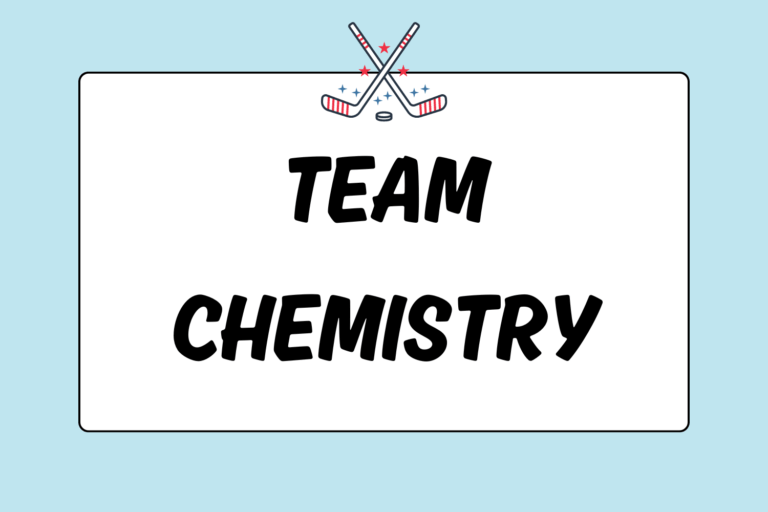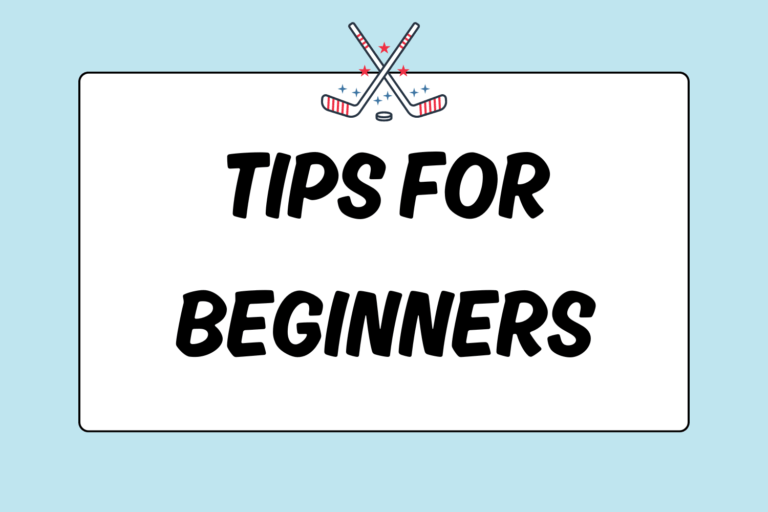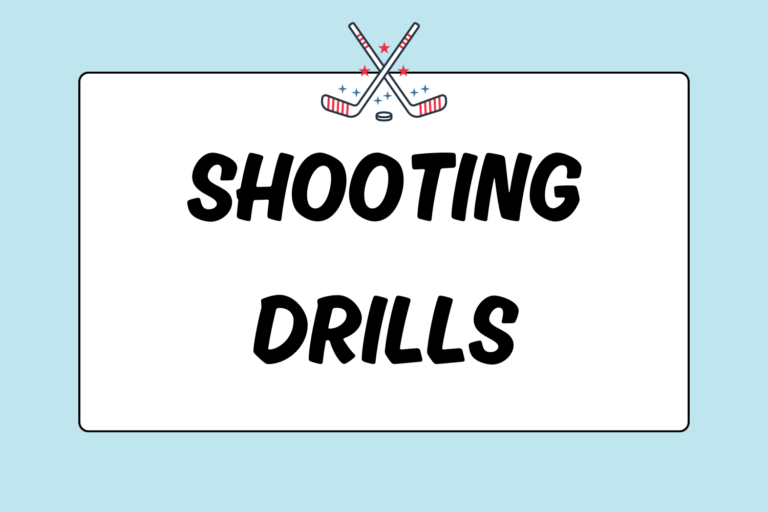Field hockey is a game of power and acceleration. By training with anaerobic exercises (such as circuit training and sprints), you can reduce the long-term impact on your joints and increase your explosive power output.
In long distance running, the focus is on developing cardiovascular endurance. Training with anaerobic exercises offers added benefits for your workout. Circuit training increases your strength, agility, and cardio fitness. This is not to say that long distance running does not have its benefits (like stamina and endurance), but circuit training focuses on increasing your fitness and the abilities needed specifically for field hockey.
Circuit Training
Circuit training is not one exercise, but a series of high-intensity, resistance exercises designed to build muscle and cardiovascular fitness. This type of training also targets fat loss at a much higher rate than traditional aerobic exercises, such as running. A circuit can be completed at any time and works well when you have limited space and equipment.
Exercises
Below are a few different strength-building exercises used for field hockey circuit training. Choose four or five exercises that work the muscles you want to focus on. Perform each exercise in the circuit for a specified amount of time (in the descriptions below). Take short rests between each exercise and longer rests between each circuit set. The workout should last about 20 minutes. If you have fewer exercises in your circuit, you may want to repeat the set. Complete a series of circuit training two to three times a week.
Jump Rope
For 30-60 seconds, jump rope with both feet together. You should only jump about an inch off the floor. Also, you don’t necessarily need a jump rope — simulating the motion works just as well.
Hot Tip: Get More out of Jump Roping
You can always do more with a jump rope. To get more out of your workout, mix it up and incorporate a few of these exercises into your routine. You’ll want to complete all of these exercises at maximum speed:
- Jump rope with only your right foot, focusing on balance and speed. Then, switch to your left foot.
- Jump rope with both feet together, but swing the jump rope backwards so it’s coming from behind your body.
- Jump rope with one foot at a time, alternating feet between each jump.
Remember, don’t slack off! Do these jumps quick and without breaks.
Stick Jumps
These exercises are specific to field hockey because you will be jumping back and forth over your stick. Each exercise should be done for 30-60 seconds. Listed below are several different exercises to complete using your stick:
- With both feet together, jump back-and-forth : Place your stick horizontally in front of you. With both feet together, jump forward and backward over the stick.
- With the feet apart, jump back-and-forth: Place your stick horizontally in front of you. Step over the stick with your right foot, then follow with the left. Then, step backwards with your right foot, then follow with your left. Increase your speed. Your rhythm should be “over, over, back, back.”
- With the right foot, jump back-and-forth: Place your stick horizontally in front of you. With your right foot, jump back-and-forth over the stick.
- With the left foot, jump back-and-forth: Place your stick horizontally in front of you. With you left foot, jump back-and-forth over the stick.
- With both feet together, hop sideways: Stand parallel to your stick. With both feet, hop side-to-side over the stick.
Mountain Climbers
Mountain Climbers strengthen the muscles in your feet and legs. Make sure you keep proper form to gain the maximum results. To complete a mountain climber:
- Start in the push-up position: Lay face down with your palms placed shoulder-width apart on the floor, lined up with your shoulders. Curl your toes against the floor to support yourself. Straighten your arms to lift your body. Make sure to keep your back straight.
- Bend your right leg at the knee and, in a quick motion, bring your knee forward to your chest. The ball of your right foot should be in contact with the ground when your knee is at your chest.
- Then, bring your right leg back to its original position.
- As you are bringing your right leg back into its original position, repeat the second step with your left leg.
- Continue alternating back-and-forth between both legs, constantly (and quickly) bringing one leg forward and one leg back simultaneously.
- Complete this exercise at a fast pace for 30-60 seconds.
Burpees
A burpee is a good cardio and strength-building exercises for field hockey players. These exercises are simple, yet effective — very few exercises target as many muscles groups in so few movements. A burpee basically combines a squat, push-up, and vertical leap.
- Squat down. Extend your arms down towards the ground, on the outside of your legs. Touch the ground with both hands, fingertips pointed straight forward and touching the ground.
- Lower your body by simultaneously placing your palms on the floor and kicking both of your legs backwards at the same time. This will put you in the push-up position.
- Complete a push-up: Lower your body by bending your arms at the elbows until they form a 90-degree angle. Make sure to keep your body and back straight throughout the push-up.
- Now, bring (jump) both feet forward to your chest and between your arms.
- Jump into the air and extend your arms toward the sky.
- Land in the starting position.
- Repeat this exercise 10 times. Do it quickly, with no breaks in between.
- This is one set (this number can vary depending on your preference). Repeat the set 10 times.
Body Squats
Body squats strengthen your thighs and buttocks. Working these muscles will benefit you because the majority of a field hockey game will be spent in a position similar to a squat. Make sure you have proper form to gain the maximum benefits from this exercise. To complete a body squat:
- Start by standing upright.
- Spread your feet shoulder-width apart.
- Bend your knees so that your legs form 90-degree angles to the ground. The knees should not bend so much that they are forward of your feet. This action should resemble “sitting.”
- Extend your arms in front of your body, parallel to the ground, as your squat. This helps to counterbalance your body weight.
- Keep your back straight.
- Extend your legs back into standing position.
- Repeat 20 times.
Lunges
Lunges can be done while moving forward or standing in place. To complete a lunge:
- Bring your right foot forward. Your back (left) should be slightly bent at the knee. You should step far enough forward that you back knee is almost touching the ground (it should not actually touch the ground).
- Your right leg should form a 90-degree angle at the knee — your knee should not come forward of your right foot.
- Make sure your back and chest are straight.
- Now, stand back up. Switch legs and repeat.
Planks
To strengthen your core, do planks for 30-60 seconds in each interval. Planks are a good way to build the core muscles in your body.
- Lie face down on the floor. Your legs should be extended behind you and your arms bent at the elbows and resting at your sides.
- Prop yourself up on your forearms so your elbows are below your shoulders. Curl your toes on the floor.
- Place your hands in front of you. They can be clasped or straight in front of your elbows on the floor.
- Gaze at a point in front of you to help keep your head up — do not let your head droop down.
- Push through your elbows and toes to lift your body off the mat. Your bodyweight will be completely supported by your forearms and toes.
- Draw your navel in toward your spine and keep your back straight. Use your core muscles to stabilize your body.
- Hold for 20- 60 seconds while keeping your back straight. Inhale and exhale in a controlled manner throughout the hold.
Work it Out
When you are circuit training, make sure you are working at high intensity. That is, keep your heart rate up and take short breaks between each exercise. Remember to breathe so oxygen can get to your muscles.
These workouts will help you get into shape faster than running or jogging. Additionally, they will strengthen the leg muscles needed for proper hockey technique. As an added bonus, you will burn fat faster with circuit exercises than aerobic exercises. So if you’re one of those people who hate running, circuit training is the workout for you!





